 Portada de la revista Modern Screen de octubre de 1949 con Shirley Temple en la portada donde también aparece un reportaje sobre Montgomery Clift titulado "Mi propia historia".
Portada de la revista Modern Screen de octubre de 1949 con Shirley Temple en la portada donde también aparece un reportaje sobre Montgomery Clift titulado "Mi propia historia".Datos de la revista:
(English text)
This is one of the prettiest magazine covers of former child star, Shirley Temple when she graced this issue of MODERN SCREEN Magazine from October, 1949.
This magazine is missing about 10 of it's 100 pages. It does feature a great color pinup of I love Lucy star Lucille Ball & Desi Arnaz, long before I love Lucy. THere is also a color pin-up of Clark Gable. It's a nice collectible for the Shirley Temple fan. Low opening bid for a 60 year old magazine because of missing pages. His "own story" with photographs from his films!
Monty was born just after his twin sister Roberta and eighteen months after his brother Brooks Clift. Their father William made a lot of money in banking but was quite poor during the depression. Their mother Ethel "Sunny" was born out of wedlock and spent much of her life and the family fortune finding her illustrious southern lineage and raising her children as aristocrats. At 13, Monty appeared on Broadway ("Fly Away Home"), and chose to remain in the New York theater for over ten years before finally succumbing to Hollywood. He gained excellent theatrical notices and soon piqued the interests of numerous lovelorn actresses; their advances met with awkward conflict. While working in New York in the early 1940s, he met wealthy former Broadway star Libby Holman. She developed an intense decade-plus obsession over the young actor, even financing an experimental play, "Mexican Mural" for him. It was ironic his relationship with the bisexual middle-aged Holman would be the principal (and likely the last) heterosexual relationship of his life and only cause him further anguish over his sexuality. She would wield considerable influence over the early part of his film career, advising him in decisions to decline lead roles in Sunset Blvd. (1950), (originally written specifically for him; the story perhaps hitting a little too close to home) and High Noon (1952). His long apprenticeship on stage made him a thoroughly accomplished actor, notable for the intensity with which he researched and approached his roles. By the early 1950's he was exclusively homosexual, though he continued to maintain a number of close friendships with theater women (heavily promoted by studio publicists). His film debut was Red River (1948) with John Wayne quickly followed by his early personal success The Search (1948) (Oscar nominations for this, A Place in the Sun (1951), From Here to Eternity (1953) and Judgment at Nuremberg (1961)). By 1950, he was troubled with allergies and colitis (the army had rejected him in WWII for chronic diarrhea) and, along with pill problems, he was alcoholic. He spent a great deal of time and money on psychiatry. In 1956, during filming of Raintree County (1957), he ran his Chevrolet into a tree after leaving a party at Elizabeth Taylor's; it was she who saved him from choking by pulling out two teeth lodged in his throat. His smashed face was rebuilt, he reconciled with his estranged father, but he continued bedeviled by dependency on drugs and his unrelenting guilt over his homosexuality. With his Hollywood career in an irreversible slide (despite giving an occasional riveting performance, such as in Stanley Kramer's Judgment at Nuremberg (1961)), Monty returned to New York and tried to slowly develop a somewhat more sensible lifestyle in his brownstone. He was set to play in Taylor's Reflections in a Golden Eye (1967), when his companion Lorenzo James found him lying nude on top of his bed, dead from what the autopsy called "occlusive coronary artery disease." His death was called the longest suicide in history by famed acting teacher, Robert Lewis.
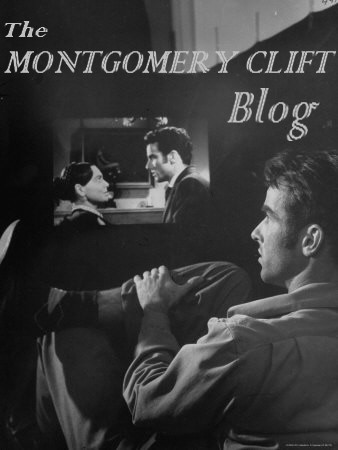

.-+albornoz+(4)+BLOG.jpg)
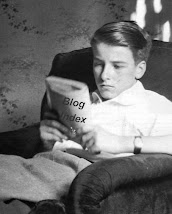
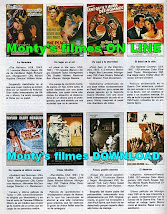


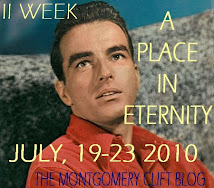










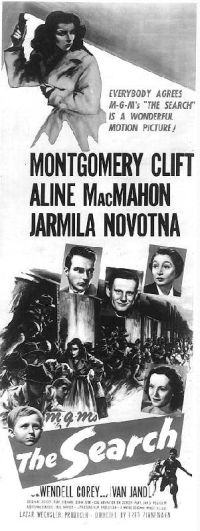

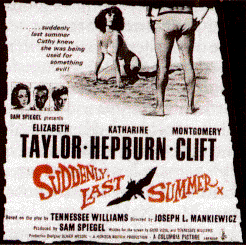


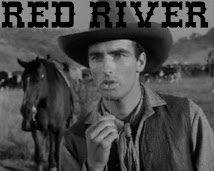
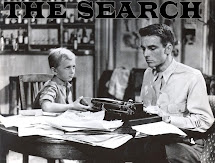

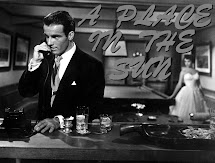2.jpg)
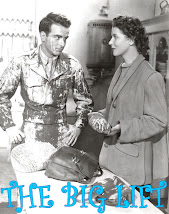.jpg)
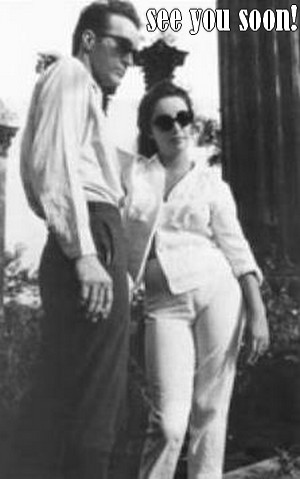

.jpg)


No hay comentarios:
Publicar un comentario